The Noctua NH-P1 Passive CPU Cooler Review: Silent Giant
by E. Fylladitakis on February 7, 2022 8:00 AM EST- Posted in
- Cases/Cooling/PSUs
- Passive Cooling
- Noctua
- CPU cooler
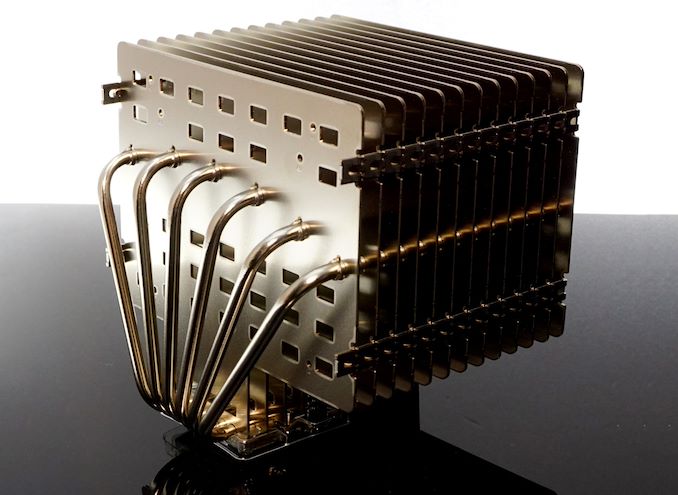
Even before the first Pentium era of the early 1990s, PC CPUs were already powerful enough to require meaningful and capable cooling setups to keep their temperatures in check. Although there were configurations that could make it by with passive cooling, most PCs were already relying on active cooling solutions. Not many years later, active cooling not only became a de facto requirement, but the high thermal loads generated by processors required that heatsinks have powerful and noisy fans. The pushback from this increasingly noisy era of computing, in turn, effectively spurred the modern market for high-end passive coolers for use in low-noise (but still high-performance) PCs.
The history of passive coolers for high-performance PCs is not very rich – the physics of heatsinks is a well understood field – but, occasionally, we would see some companies make a valiant effort to produce a passive cooler that would be viable on the open market. There were even instances where manufacturers tried to make the entire PC passively cooled, as Zalman’s effort 20 years ago with the hefty TTN-500AF case. Nevertheless, no solution was long-lived, mainly because the ever-rising power (and cooling) requirements would quickly overwhelm the capabilities of the passive coolers of the time.
But now in 2022, perhaps the world is ready for a change? To answer that question, in today’s review we are having a look at the NH-P1, a surprising passive CPU cooler released by one of the most reputable active PC cooler manufacturers, Noctua.
Having already established their name (and then some) with low-noise active coolers, Noctua has turned their attention to the final frontier of low-noise cooling: passive CPU coolers. And in order to accomplish this, Noctua has built a pure heatsink. A very, very large pure heatsink that's suitable for CPUs.
Throughout all of their history, Noctua has never made a purely passive cooler before, which makes the NH-P1 a remarkable product from the company. The company has significant experience with cooling with their traditional actively cooled products, but suffice it to say, moving a lot of heat without the help of forced airflow is a much bigger challenge – and one we're eager to see a company like Noctua undertake. So is the NH-P1's sheer size alone capable of withstanding the intense thermal loads of modern processors? Let's find out.
| Noctua NH-P1 CPU Cooler Specifications | |||
| Height | 158 mm | ||
| Width | 154 mm | ||
| Depth | 152 mm | ||
| Weight | 1180 g | ||
| Supported Sockets | Intel: LGA1700, LGA1200, LGA1156, LGA1155, LGA1151, LGA1150, LGA2066, LGA2011-0 & LGA2011-3 (Square ILM) AMD: AM4, AM2, AM2+, AM3, AM3+, FM1, FM2, FM2+ (backplate required) |
||
| Warranty | 6 Years | ||
| Price | $110 | ||
Packaging & Bundle
The NH-P1 comes into a well-designed cardboard box, following the same simple artwork that Noctua is using for nearly all of their products. It is an elegant design, focused on delivering as much information as possible rather than relying on striking colors to catch the eye. The sheer size of the packaging hints that the NH-P1 is nothing alike any air cooler we have seen before. Inside the box, we found the cooler very well protected below layers upon layers of thick cardboard packaging. The supplied mounting hardware and extra items can be found in a smaller, compartmentalized cardboard box.
Aside from the typical mounting hardware necessary to mount the NH-P1 onto a CPU socket, Noctua also supplies a nice screwdriver, a tube of NT-H2 thermal grease, and a metallic case badge. And, while perhaps sacrilegious for what's meant to be a fully passive cooler, there are also two wire holders for installing a fan, should the user ever wish to do that.
The Noctua NH-P1 CPU Cooler
A simple glimpse on the Noctua NH-P1 is enough for anyone to realize that this is no run-of-the-mill CPU cooler. To begin with, the sheer proportions of the NH-P1 are massive beyond comparison. At 15.8cm x 15.4cm x 15.2cm (essentially a 6.5-inch cube), the NH-P1 dwarfs typical tower coolers – which are already pretty large – taking about three times the volume of a fully-assembled NH-U12S. And its 1.18kg weight makes it heavier than some laptop computers.
Considering both the size and the nature of the NH-P1, it is bound to face compatibility issues with both systems and cases, as well as limited compatibility with CPUs. To that end, Noctua provides detailed compatibility tables that include both system parts and PC cases, to help buyers get a better idea ahead of time over where the plus-sized passive cooler can fit.
Case compatibility aside, the NH-P1 supports nearly all modern CPU sockets, including Intel's LGA-11xx/1200 socket and latest LGA-1700 socket, as well as AMD’s socket AM4. Threadripper is left out in the cold, however, as it would not be possible for the NH-P1 to handle the extreme thermal requirements such a high-end processor.
Despite its massive proportions, the NH-P1 sports only thirteen fins. The fin spacing is nearly ten times that of a typical air cooler, and every single fin is perforated with 33 rectangular holes so as to optimize passive airflow. This configuration would make typical cooler fins too thin and flimsy, so Noctua greatly increased the thickness of each fin as well. Finally, the fins also are not pressed onto the heatpipes but soldered, ensuring the long-term mechanical strength of the cooler.
Six heatpipes are responsible for transferring the bulk of the thermal energy generated by the CPU onto the fins of the cooler. The heatpipes start from the base of the cooler, positioned exactly in parallel to each other, and extend to just one side of the base towards the top half of the fins in a symmetric fan pattern. They are made out of copper but are fully nickel-plated to prevent surface corrosion.
The base of the NH-P1 is almost typical for any modern heatpipe-based cooler, with the exception that six of the fins extend and are directly attached to the base itself. This is mostly to increase the mechanical strength of the NH-P1, as the colossal fin array could not be reliably supported by the heatpipes alone. Yet it may also be playing a little part in the thermal performance of the cooler as well by allowing a little bit of thermal energy to transfer directly from the base towards the fins.
The bottom half of the base is made out of nickel-plated copper, maximizing the heat transfer rate from the CPU to the heatpipes. It is extremely well machined, perfectly flat, and smooth. The rest of the base serves only as a mechanical support and is mostly made out of aluminum, with the exception of the mounting bracket that is nickel-plated steel.


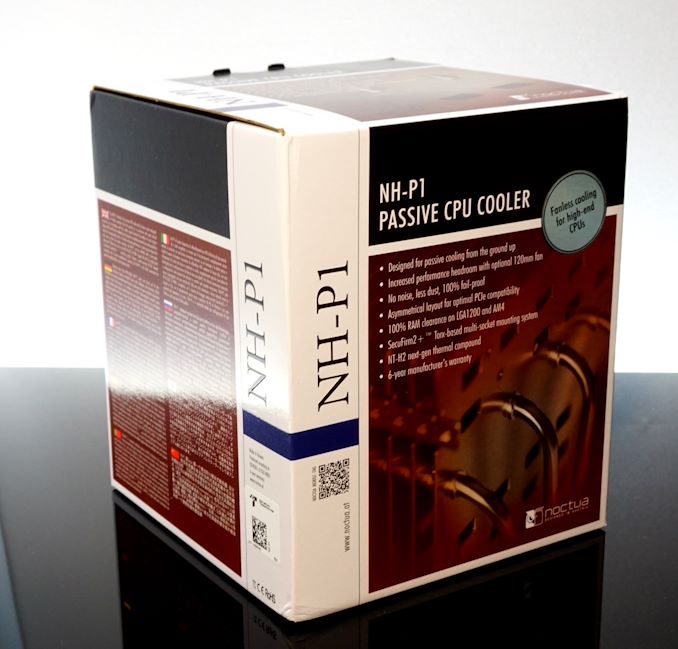
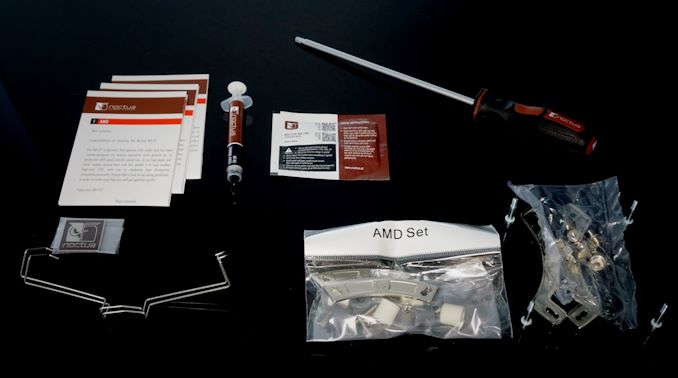
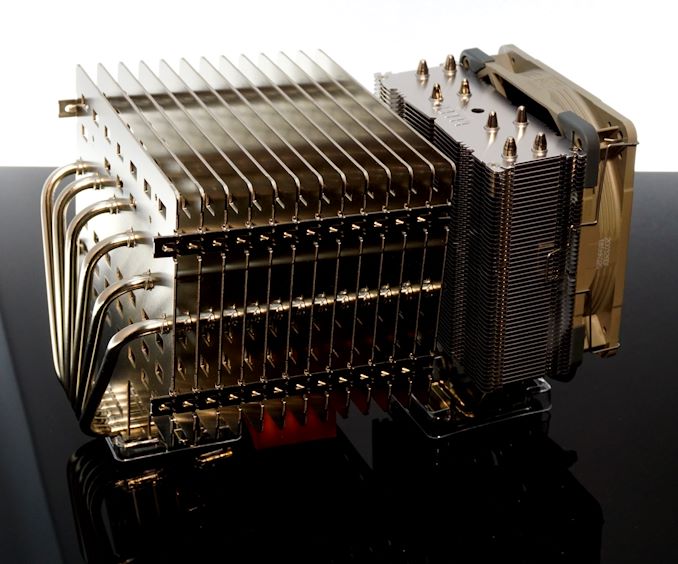
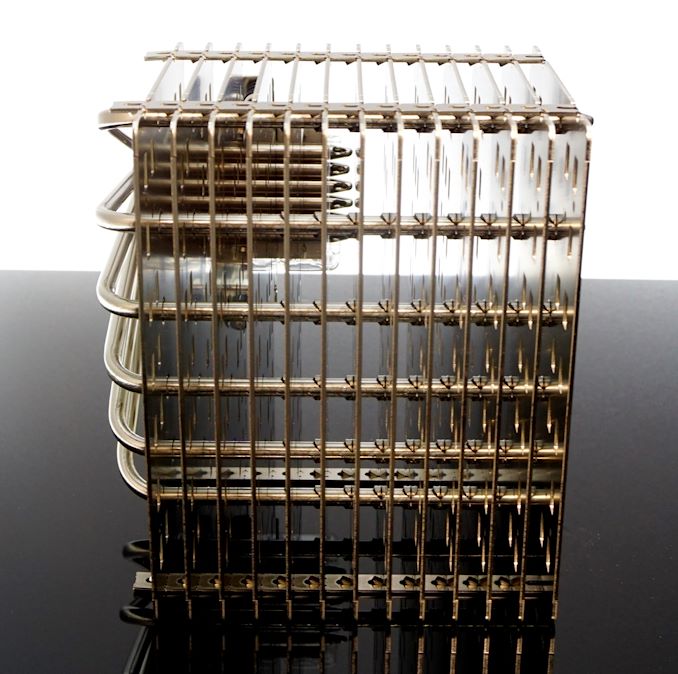
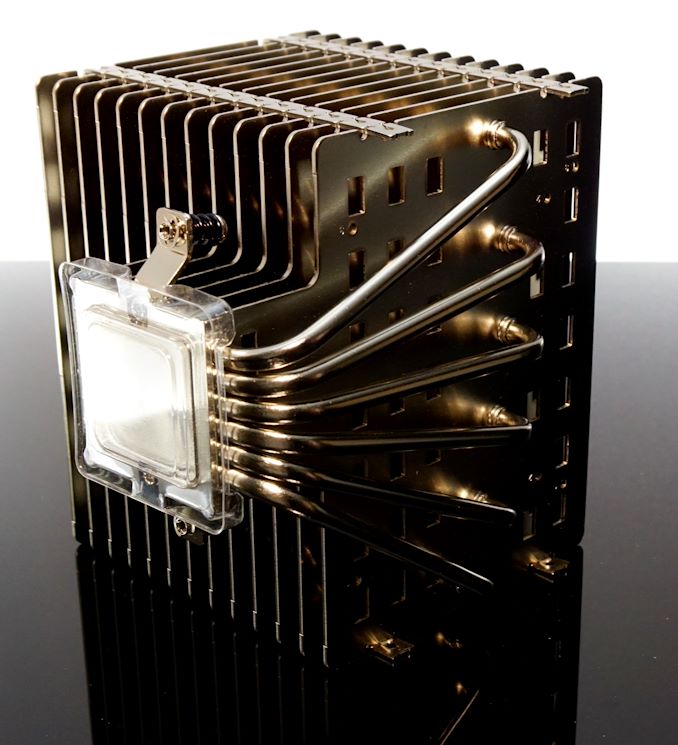
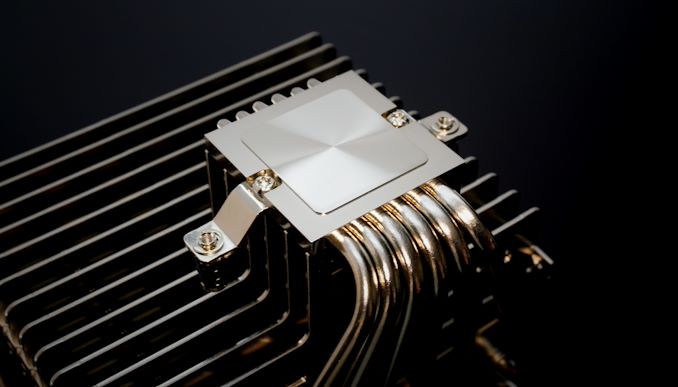








66 Comments
View All Comments
meacupla - Monday, February 7, 2022 - link
If you are not aware, aluminum and copper have risen in price.Shipping costs are also based on weight and dimensions, so these heatsinks are also not favorable in that regard as well.
Add in the fact that these passive heatsinks are a niche of a niche product, and probably not produced in such high numbers for noctua to get a substantive discount, and you end up with this price.
In fact, as far as passive heatsinks capable of handling this wattage go, this is competitively priced.
kgardas - Monday, February 7, 2022 - link
You don't need to buy it. If rpi serves your purpose, then good for you!Wereweeb - Monday, February 7, 2022 - link
Welcome to the world of niche products, where nothing achieves economies of scale, so everything is "expensive"!The only alternative for someone who needs this is making it themselves. Even just bending the heatpipes would stress me much more than paying $110 bucks.
Einy0 - Monday, February 7, 2022 - link
That's funny because I was impressed at how cheap it was compared to Noctua's other offerings. Premium products have premium prices. Raspberry Pis are literally designed from the ground up to hit ultra low price points. There is no comparison.grant3 - Wednesday, February 16, 2022 - link
Is a raspberry pi 4b 8gb an effective cpu cooler?I'd think not; your comment makes as much sense as claiming a $30 oil change "seems steep" compared to a $2 can of tuna.
Niche products sell in low volume no matter what, so the per-unit price has to be high to cover all the R&D, prototypes, custom machining, etc. etc. that a hardware business puts into designing a new product.
If you think it is bad value, then fine, what is the equal alternative someone could buy for less?
xenol - Monday, February 7, 2022 - link
Randomness but I wanted to look up that Zalman case mentioned, but Google pulled up two other sites that basically plagiarized this site.Did I stumble into one of those places that recycles the internet for a quick buck?
Hulk - Monday, February 7, 2022 - link
I think the title of this review should have been "Silent but Deadly."GreenReaper - Friday, February 11, 2022 - link
I mean, that's *one* way to win a deathmatch . . .kpb321 - Monday, February 7, 2022 - link
This is one area where PC OEMs have the advantage if they choose to use it. They have the flexibility of modifying the case, mb, etc to all work together better and can do a much better job of channeling appropriate airflow over the needed components without having to resort to a bunch of small noisy fans. Generally only in the higher end work stations and such. They can be much quieter than a home built system would be even with those high power Xeon or Threadripper parts by using 120mm+ fans on the case instead of smaller fans elsewhere.Oxford Guy - Monday, February 7, 2022 - link
Would be nice to see against the large and small NoFan products. Too bad that company is out of business.